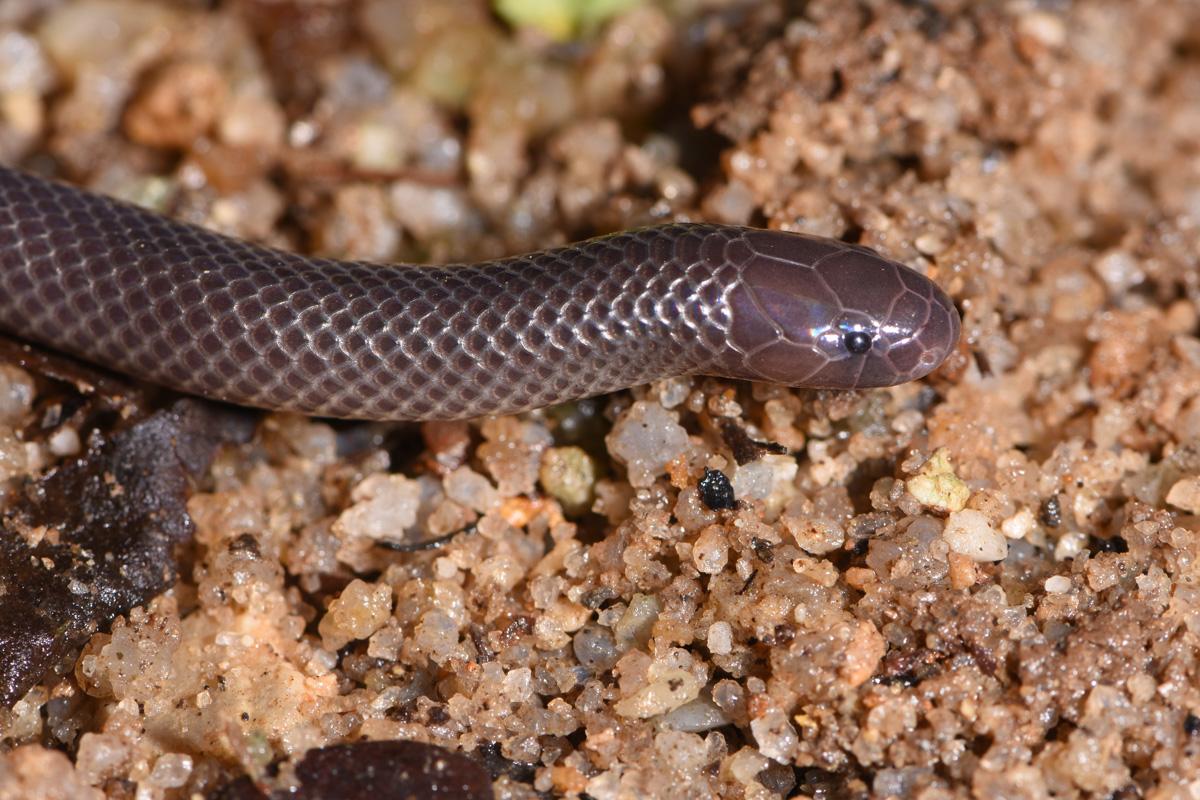During surveys in the Upper Guinea forest zone of Liberia and Guinea, scientists discovered snakes later identified as a new species. It is a member of the stiletto snakes, spectacular for their unusual skulls, allowing them to stab sideways with a fang sticking out of the corner of their mouths. The discovery, published in the open-access journal Zoosystematics and Evolution, is further evidence supporting the status of the region as unique in its biodiversity.
Following a series of recent surveys in north-western Liberia and south-eastern Guinea, an international team of researchers found three stiletto snakes which were later identified as a species previously unknown to science.
The discovery, published in the open-access journal Zoosystematics and Evolution by the team of Mark-Oliver Rödel from the Museum für Naturkunde Berlin, provides further evidence for the unique status of the western part of the Upper Guinea forest zone as a center of rich and endemic biodiversity.
Curiously, stiletto snakes have unusual skulls and venom delivery system, allowing them to attack and stab sideways with a fang sticking out of the corner of their mouths. While most of these burrowing snakes are not venomous enough to kill a human - even though some are able to inflict serious tissue necrosis - this behaviour makes them impossible to handle using the standard approach of holding them with fingers behind the head. In fact, they can even stab with their mouths closed.
The new species was named to honor to the recently deceased South African herpetologist Prof. William Roy (Bill) Branch, a world leading expert on African reptiles. The new species lives in primary rainforest and rainforest edges in the western part of the Upper Guinea forests. Branch’s Stiletto Snake is most likely endemic to this area, a threatened biogeographic region already known for its unique and diverse fauna.
“The discovery of a new and presumably endemic species of fossorial snake from the western Upper Guinea forests thus is not very surprising,” conclude the researchers. “However, further surveys are needed to resolve the range of the new snake species, and to gather more information about its ecological needs and biological properties.”
The original article can be downloaded from: https://zse.pensoft.net/article/31488/
Photos can be downloaded here:
http://download.naturkundemuseum-berlin.de/presse/Erdviper
The holotype photo of the new species can be used free of charge as coverage in correlation with press release
